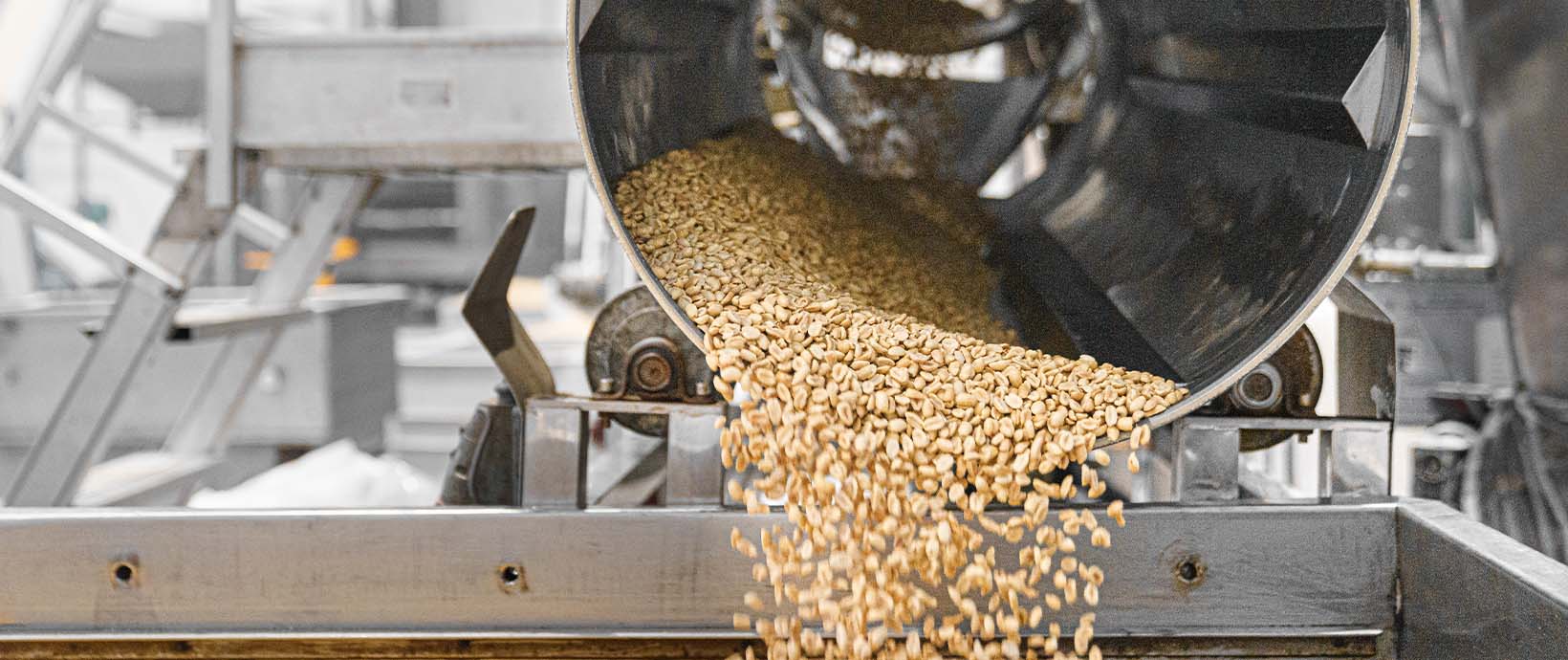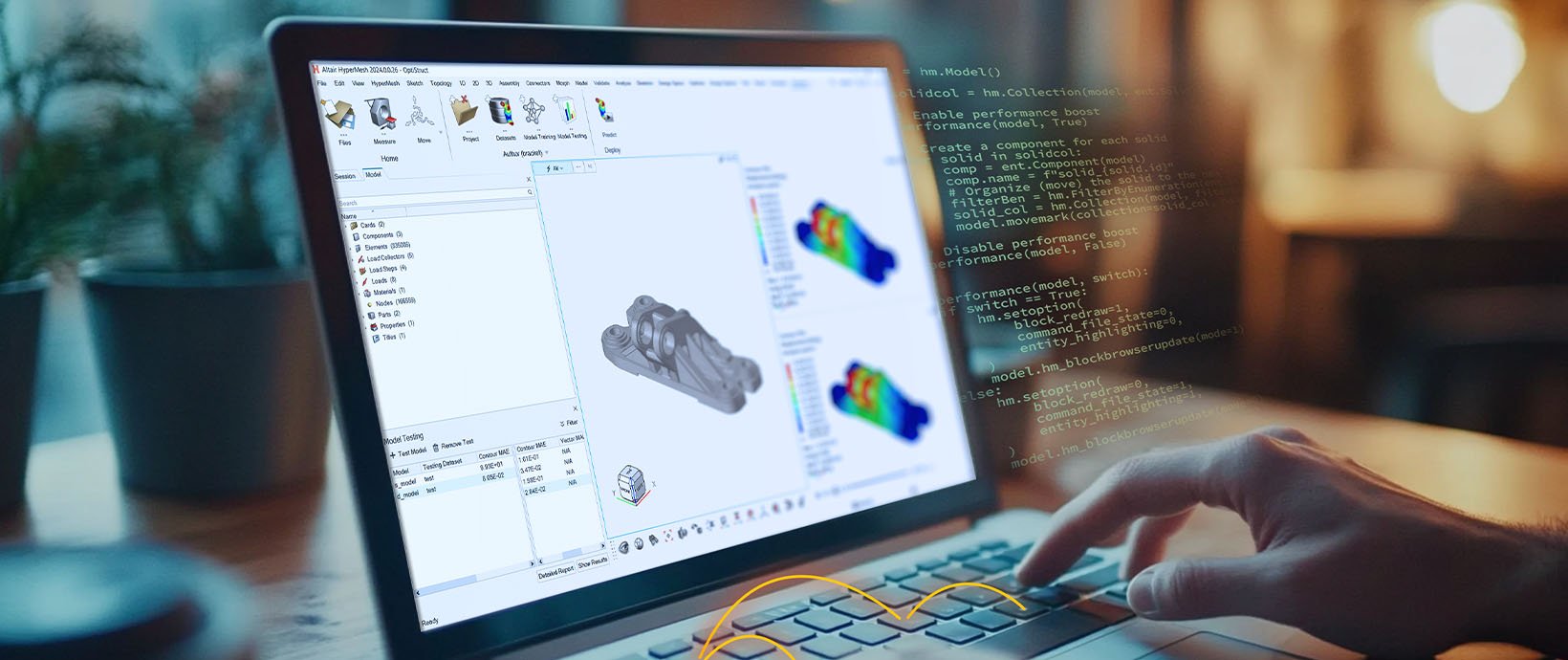Optimizing Rail Operations with AI, Data Analytics, and Altair® RapidMiner®
Although rail remains one of the most efficient, most sustainable ways to move people and goods, the industry is undergoing a major transformation as it faces a host of operational, financial, and technological challenges. These include improving fleet performance, ensuring reliability, predicting maintenance needs, and managing disruptions that can throw operations off track.
Managing a fleet of trains, locomotives, related rolling stock, and track infrastructure is a constant balancing act. Operators must ensure each unit performs at peak efficiency, operates within capacity limits, and runs on time—all while minimizing fuel consumption, reducing emissions, and maximizing customer satisfaction. Optimizing fleet performance involves scheduling and routing, fuel efficiency and sustainability, and load optimization.
Conventional fleet performance and track infrastructure management methods are often reactive, meaning they can increase inefficiencies, costs, and safety risks. However, the integration of real-time data collection with artificial intelligence (AI)-driven analytics is changing things. By using sensors on trains, tracks, and other infrastructure, operators can continuously gather performance, safety, and maintenance data. This data feeds into AI systems that can optimize schedules, adjust train speeds, and reroute based on live track conditions, ensuring trains and tracks operate at peak efficiency. This optimization increases safety, lowers fuel consumption, reduces equipment wear, and boosts fleet performance.
Predicting Maintenance and Preventing Failures
One of the biggest challenges rail operators face today is ensuring the reliability and safety of their fleet while minimizing unplanned downtime. Predictive maintenance has become a crucial tool for identifying potential failures before they occur, helping avoid costly disruptions. This includes wear and tear, data-driven maintenance, and cost and resource allocation.
AI and machine learning algorithms enable operators to predict equipment failures by analyzing real-time performance data. Advanced sensors monitor critical metrics, including vibration patterns, temperature fluctuations, and pressure levels across key components such as brakes, engines, and wheels. By integrating track data – including audio and visual streams – operators gain a comprehensive view of system performance and infrastructure conditions. AI systems process this data to identify early warning signs of potential failure, allowing maintenance teams to address issues before they cause actual disruptions. This proactive approach minimizes downtime, extends equipment lifespan, and lowers maintenance costs.
Managing Terminal Dwell Time, Disruptions, and Delays
Disruptions, whether from external factors like weather or internal issues such as equipment failures or staffing shortages, are a major challenge for the rail industry. These disruptions can affect everything from train schedules and passenger services to freight deliveries and customer satisfaction.
The key to minimizing these disruptions lies in real-time monitoring systems and advanced AI tools. These technologies give operators live updates on train locations, track conditions, maintenance needs, and overall network performance, allowing them to respond swiftly to any emerging issues. AI is then leveraged to create supervised and unsupervised modeling techniques like anomaly detection to help identify and act in certain scenarios. For instance, if a train is delayed due to an obstruction, AI can alert operators immediately so they can reroute other trains, adjust schedules, and/or deploy maintenance crews. By combining real-time data with advanced analytics, these systems also identify disruption patterns, helping organizations enhance resilience and prevent similar issues down the line.
Enhancing Rail Efficiency and Compliance with Knowledge Graphs
In rail, it’s hard to manage complex supply chains, ensure regulatory compliance, and plan network expansions. Fragmented data and inefficient processes hinder organizations when they go to coordinate freight movement, track shipments, and meet safety regulations.
Knowledge graphs offer a solution by connecting data from various sources and providing a unified view of operations, compliance, and planning. They enhance supply chain visibility by optimizing freight routes and ensuring real-time tracking. Knowledge graphs also link operational data to safety standards, helping organizations meet regulatory requirements and identify risks. In network planning, they model infrastructure, demand, and environmental factors – supporting data-driven decisions for future growth and efficiency.
Generative AI for Enterprise-Level Conversational Analytics
Conventional approaches to querying vast, diverse datasets often involve users manually cross-referencing data across dashboards or building intricate database-driven systems. This process is labor intensive, requiring skilled data scientists with in-depth knowledge of data sources and the ability to interpret complex information. Knowledge graphs offer a more efficient solution by integrating data from various sources and enabling the use of intuitive natural language interfaces that can comprehend user queries and provide accurate, comprehensive answers.
The Need for Smart, Data-Driven Solutions in Rail
The challenges discussed above require a paradigm shift – one toward advanced technologies and data-driven strategies that can enhance efficiency, reduce costs, and improve service delivery across the entire rail network.
The Altair® RapidMiner® data analytics and AI platform represents this paradigm shift. Here’s how Altair supports each phase of your rail operation life cycle:
- Data Extraction and Transformation: Rail data often comes from diverse and complex sources such as PDFs, spreadsheets, and telemetry data. Altair automates data preparation, cleaning and transforming data into precise, reliable datasets ready for machine learning.
- Machine Learning Model Creation and Deployment: Building predictive models requires rapid experimentation and iteration. Altair RapidMiner provides visual, automated, and code-based tools that enable users—whether beginners or experienced data scientists—to design, evaluate, and deploy machine learning models tailored to rail industry use cases. This enables rail organizations to leverage data insights for predictive maintenance, optimized scheduling, and cost-effective resource allocation.
- Real-Time Data Processing: In rail, delays in decision-making can cause costly disruptions. Altair RapidMiner’s real-time data processing and ontology visualization capabilities empower operators to monitor trends, detect anomalies, and act on critical insights within seconds. By transforming telemetry and sensor data into real-time dashboards, Altair ensures operators can make swift, informed decisions to enhance continuity and safety.
- Enterprise-Scale GenAI and Knowledge Graph Toolset: Rail operators can transform raw data into actionable insights by leveraging a knowledge graph and semantic layer. This real-world context is vital for understanding and connecting data across diverse sources, from asset performance metrics and maintenance records to passenger data and Internet of Things (IoT) sensors.
Beyond the technology, the unique Altair Units licensing model is designed with flexibility and cost-efficiency at its core. By allowing rail operators to access the tools they need when they need them, Altair’s licensing helps organizations save 30-50% on average compared to traditional pricing models. The Altair Units model is particularly advantageous for rail organizations, since it adapts to the dynamic needs of analytics teams, ultimately reducing the total cost of ownership for robust data and AI solutions.
In today’s increasingly connected world, rail operators require partners whose data and AI expertise has both depth and breadth. Altair’s unparalleled blend of simulation, high-performance computing (HPC), and data analytics empowers us to deliver comprehensive, optimized solutions for the rail industry.
To learn more about Altair’s rail solutions, visit https://altair.com/rail.




